#Comets and stars and other phenomena for fun and fiction
Text
HP worldbuilding ramble primarily regarding comets and Voldemort
I rambled about this to @whimsyckle and @rubusart and now I’m tossing this idea up here to see if anyone wants to play with this concept/run with this idea/bounce thoughts around!
So, after several unsuccessful (and rather chilly) camping trips to darker skies (…when I wasn’t getting rained on/hoping that my tent wouldn't leak again) over the last few weeks, I wound up going to an observatory the other weekend where they could still pick up the “green comet” in the big telescope— it was pretty blurry and dim even so but, hooray, a comet!
(I’m hoping we’ll get another nice bright comet soon, sure Halley’s comet is scheduled for 2061, but that’s still quite a few years down the road!)
And thus I may have had comets on the brain for a little while now and that’s begun to spawn some world building thoughts.
(Caveat lector: I’m not an astronomer/astrophysicist/historian etc. I like having stars in the night sky and trying to find comets, but I enjoy meteor showers far more than trying to find Messier objects, so I am, at best, a very casual stargazer. There’s a lot of Wikipedia under these thoughts under here)
Okay.
The stars can be charted and are very predictable, certain constellations are always in the sky at certain times and some are always visible. The Noble and Most Ancient House of Black uses stars and constellations as names, thus they are associated with the fixed and predictable heavens which reflects on their house being established and very important in wizarding society, right?
Then there are those bright planets (Venus, Mercury, Mars, Jupiter, and Saturn. The others aren't particularly visible without telescopes) that seem to have their own strange pathways unrelated to the more predictable stars (the Greek word root for planet means something like "wanderer") that made them more important for astrological prophecy/divination (for example: “Mars is bright tonight” etc.; I suppose, too, that centaurs don’t have much interest in Uranus).
Comets (long-haired stars), which appeared in the sky unpredictably and for a limited period of time and with a path entirely erratic/eccentric compared to the predictable stars, were, historically (…and not just historically given modern cults and people buying gas masks out of fear of cyanide gas from Halley's Comet...), seen as omens/ill portents/signs of displeased higher powers/harbingers of doom (particularly for those in power).
Maybe the Wizarding World, which has classes in Divination and Astronomy taught to schoolchildren and has an important family associated with the predictable stars and might not know about Uranus, Neptune, and/or Pluto+, is likely to take comets as omens (rather than a 'dirty snowball' going through the solar system on it’s own orbit etc.).
(Also, we get talking mirrors in the Leaky Cauldron, two-way mirrors, foe mirrors, the Mirror of Erised, maybe wizards aren’t about to put mirrors in telescopes and instead stick to older refracting telescopes)
Now then, Tom Riddle kinda has a very high/inflated sense of his own importance (unlike Harry, who was rather freaked out by the whole "Chosen One" thing), right?
From his: "I knew I was different, I knew I was special. Always, I knew there was something" thing and giving himself a noble title, he rather strikes me as someone who would see astronomical or meteorological phenomena as signs confirming his significance.
So, there's the Geminid meteor shower in December, which tends to put on a good show (although it peaks in the middle of December, not the end) and the Quadrantids (which peak in early January) can sometimes be fairly active (for a few hours), but I’ve got comets on the brain at the moment.
I haven't found any records of a naked-eye visible comet in December 1926, but there was (the great) Comet Skjellerup-Maristany in December 1927 that was bright enough to be potentially visible in daylight and unusually golden. It was mostly visible in the Southern Hemisphere, but towards the end of December it (or at least the tail?) could apparently be seen in the Northern Hemisphere.
For an AU/headcanon of Tom Riddle thinking of himself as special for having a comet visible around the time of his birth, I wouldn't be above changing his birth year (or having him lie about it/get a little confused because he was born on New Years Eve and the next day it was 1927 and does he even know math?).
A Voldemort born under a comet (or one that thinks/claims to be born under a comet) might then consider comets as auspicious and decide to take certain actions when a comet appears.
There were several very bright comets in the late 50s, the 60s, and the 70s (between Tom Riddle leaving school and Voldemort's first rise to power/war); I could see this version of Voldemort timing the creation of Horcruxes 3, 4, and 5 to comets. Perhaps the cup and the locket (both stolen during the murder of Hepzibah Smith right?) were made in 1957 with Comet Arend-Roland and then, a few months later, Comet Mrkos. Maybe the diadem became a Horcrux in 1962 while Comet Seki-Lines was in the sky. Perhaps he sees the brilliant 1965 Comet Ikeya-Seki as a sign that he should return to Hogwarts (only to have his job application turned down by Dumbledore; it would change the time between Hokey the elf's memory and Dumbledore's memory to more like eight years rather than ten, but that's a pretty minor detail).
In the first book, when Dumbledore and Minerva meet at Privet Drive in 1981, Dumbledore says something about having had little to celebrate over the last eleven years.
So, in this headcanon/AU whatever this ramble is, perhaps the 1970 appearance of Comet Bennet spurs Voldemort into action again after stewing over the disappointing job interview. Maybe he starts getting serious about mustering political power, starts building support, starts to put himself into the public eye as the Heir of Slytherin/born under a great comet/destined and prophesized to be important/mystical cult leader-y type stuff.
Maybe he runs for Minister of Magic in 1974 with Comet Kohoutek (which was rather hyped up in the media at the time and then, although it was briefly quite bright, rather failed to live up to the hype and faded fast)- and only fails to win the position because of a great deal of work on the part of Dumbledore and his allies; which would subsequently lead Voldy to seeking alternate methods of obtaining power.
Maybe he takes the appearance of Comet West in 1976 (the year of SWM) as an omen to escalate DE activities and violence (maybe he only starts branding his DEs at this point, he’s been thwarted in his attempts to work at Hogwarts and to obtain legitimate political power, he’s at a point where he needs to reassure himself that his supporters won’t have a chance to abandon/deny him), so the first war with Voldemort (and tensions between houses at Hogwarts) really ramp up right about the time Lily and Severus’ friendship is disintegrating just like the comet's nucleus.
Well, the 1986 regular visit from Comet Halley passed Voldy by due to his whole "attempting to murder the prophecy baby only to get hoisted by his own petard and left to float around as a wraith for a decade" thing, but when he made his physical return in the 90s there were some quite spectacular comets: Hyakutake and Hale-Bopp (...Heaven's Gate one) in particular.
In this AU/headcanon/whatever this ramble is, I'd move the Azkaban mass breakout in OotP from January 1996 to late March when Hyakutake was shining in the sky- with Voldy delaying on taking major non-Nagini action post-resurrection until the auspicious appearance of a bright comet (…as opposed to not taking major action because his machinations have to line up better with Harry’s school year…). Then, Hale-Bopp starts to become naked-eye visible in May 1996 (around the end of OotP), which could be the sign that prompts Voldemort to finally lure Harry to the Department of Mysteries with the false vision.
Hale-Bopp was naked-eye visible for 18 months, twice as long as the previous record for a comet being visible (which was in 1811 or so). Hale-Bopp was almost as bright as Sirius (the brightest star in the night sky) in late March/early April 1997 (so, during HBP) and only faded from naked-eye visibility around until December 1997 (or about the point in DH when Harry and Hermione went to Godric's Hollow and then manage to escape from Nagini); perhaps the combination of the comet that had been visible for so long fading from view and Harry escaping yet again drove Voldemort to more reckless moves to convince himself of his own importance/significance etc. since he'd not only failed to find the Elder Wand but also failed to kill Harry during the comet's reign?
Alright, so I am also very partial to the headcanon of a Severus with a childhood fondness for science fiction and fascination with space— as far as I’ve been able to find, the BBC aired the first episode of Star Trek on July 12th, 1969 and the lunar module would’ve landed around 8PM (GMT) on July 20th (if Sev stayed up until nearly 4AM into Monday the 21st, he could’ve seen Neil Armstrong walk on the moon. Do I like to imagine he did? Oh yes. Perhaps Tobias took him to the Railview Hotel where there was a watch party, perhaps it was one of Tobias’ good mood days and Sev sat on his shoulders to see over the crowd and hardly nodded off at all. Perhaps Sev had a sleepover at the Evans house, if July 1969 was a time when his da didn’t like much of anything. ...also, Sev could've seen "Amok Time" before going to Hogwarts...).
Maybe a Severus who knew a bit more about space and such would've found treating comets like they were signs and portents a little embarrassing, it could've made him just a little less loyal/awed by the Dark Lord; but it could also mean that Sev would've heard about Hale-Bopp before it was visible to the eye/would’ve known that Voldy was going to see a sign to take dramatic action and would’ve dealt with that dreadful anticipation for nearly the entirety of OotP (Hale-Bopp was first detected in July 1995 (end of GoF) with telescopes, when it was somewhere between Jupiter and Saturn distances from earth).
In this, because I’m a little mean to evil Dark Lords/like things to be a bit more silly and absurd, I’d also put Dumbledore’s birth date and year as November 17th, 1882 (since we weren’t given one in the books and I know more about astronomy (which, again, is very little) than astrology).
Not only should the Great Comet of 1882 have been visible at that point in time, that was also the date of a geomagnetic storm that resulted in a spectacular and very unusual aurora being visible in London (I think northern lights were also visible as far south as San Diego, California due to that particular solar discharge).
Also, the Leonid (Leo the lion, Gryffindor connection there maybe?) meteor storm of 1966, while not visible in the UK, happened on November 17th (with peak rates of something like 10-40 meteors per second!?!).
I just think it’d be awfully funny if Voldy, with an obsession over being special because of a comet around his birthdate, was tremendously jealous about how many fantastic natural phenomena happened on Dumbledore’s birth day (especially if Dumbledore, despite his best efforts to be or seem all-knowing, was entirely oblivious to that in particular).
#Worldbuilding#Voldemort#Albus Dumbledore#Severus Snape#Comets and stars and other phenomena for fun and fiction#Poking a bit of fun at evil Dark Lords#I do prefer things to be a bit on the silly side
22 notes
·
View notes
Photo
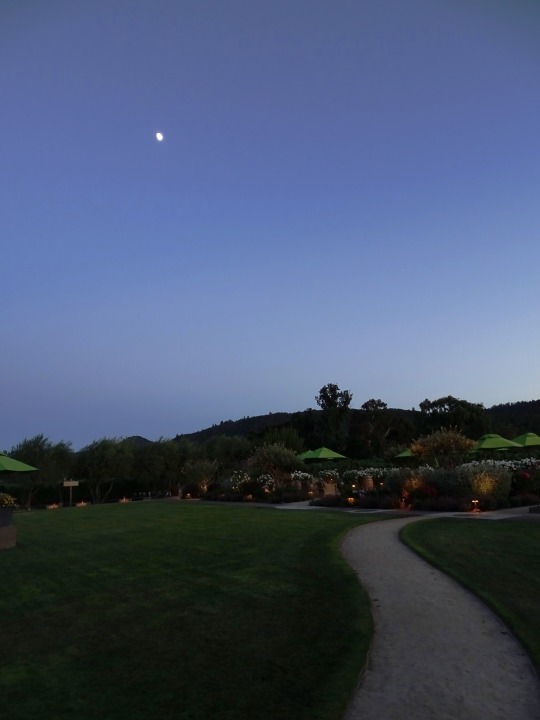

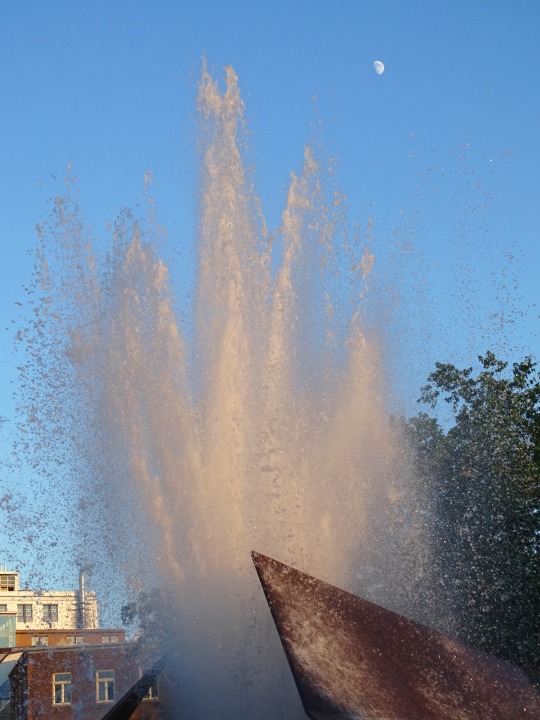

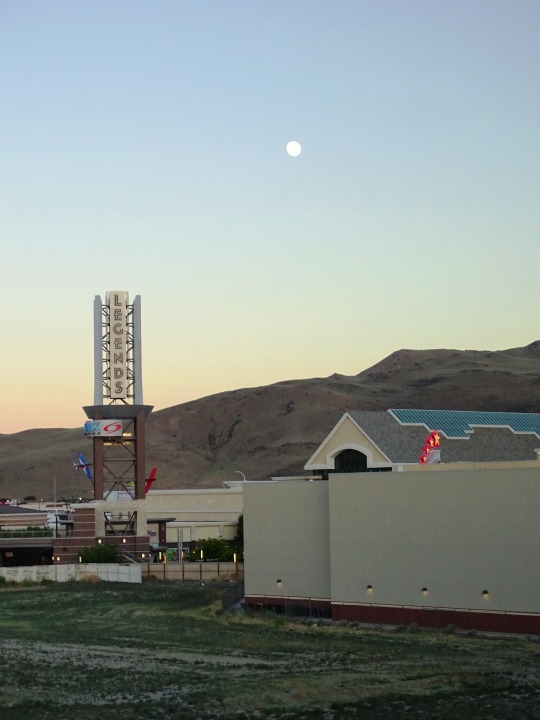

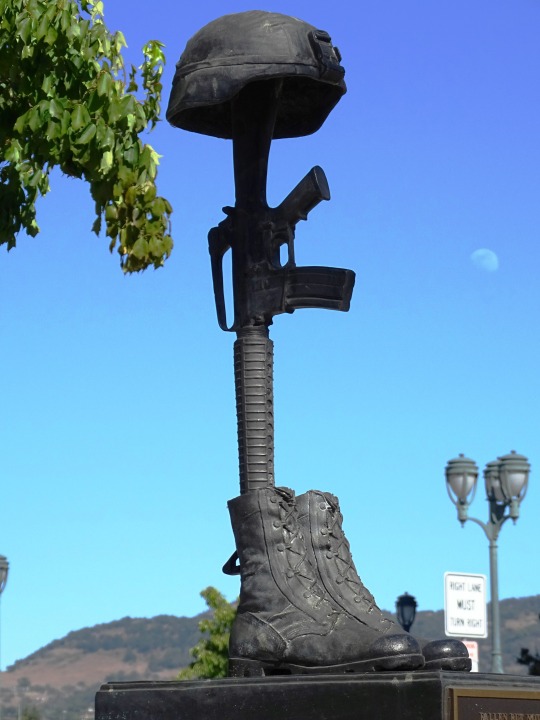
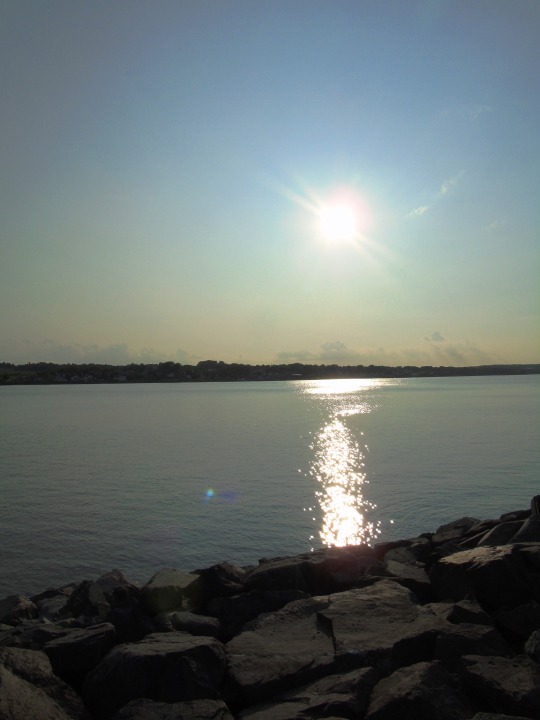
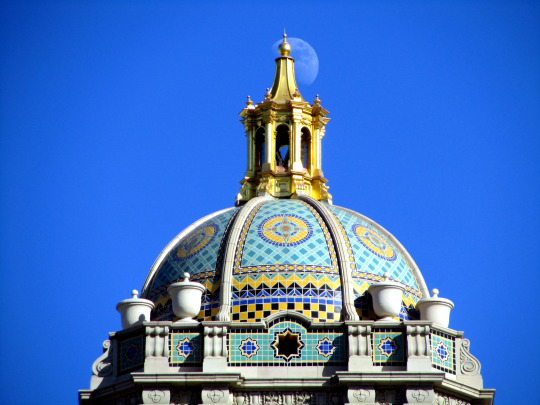
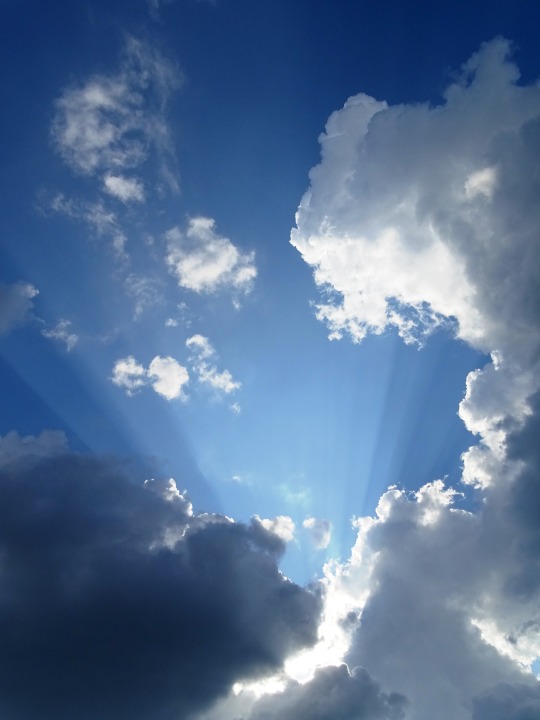
International Astronomy Day
The mysteries of outer space and astronomy have fascinated the world for as long as we have recorded history. It is almost impossible to look up at the night sky on a clear evening and not be caught up in the sense of wonder and amazement at how big the universe truly is compared to us.
International Astronomy Day is a way for astronomy enthusiasts and professionals to share their knowledge and love of outer space with the general public. It is also a way for everyone interested in space to explore their passion and increase their knowledge.
For those especially enthusiastic about space, it is important to know that this day is celebrated twice a year! There is one in the spring and another in the fall to celebrate the changing constellations and various things to observe at different times of the year in space.
History of International Astronomy Day
The day was started in 1973 by Doug Berger, the then president of the Astronomical Association of Northern California. Originally, the day was celebrated by setting up telescopes in urban locations in order to make space more accessible to everyone. He wanted to increase interest in the field of astronomy and give the general public access to more ways to learn about it.
Now, the day has expanded to include the entire world and many organizations and groups. It was also amended in 2006 to include a second day of celebration in the fall. It not only is a great way to learn more about a fascinating subject, but can be an important way to spend time with family, friends, and other people who share the same interests.
How to Celebrate International Astronomy Day
There are many ways to celebrate Astronomy Day, and something for every family and individual. The important part is to set aside everyday life and spend some time gazing into the heavens and wondering about the mysteries we don’t yet understand.
There are many activities to do with children of all ages, as well as activities to do alone if you have a telescope. Some can be done at home, but it can also be fun to visit a museum or planetarium to get an even fuller experience. No matter where you are in your learning journey, find something to do to celebrate the celestial bodies above us.
Star Navigation
Captains of ships and other explorers have been using the stars to find their way for a long time. Modern astronomers still use the same techniques that these ancient navigators used to survive. Researching these ancient sailors and learning about how to navigate using the stars is an excellent way to spend Astronomy Day. Visiting a planetarium to learn even more about the constellations would add even more benefit.
Birthday Moons
There are many different ways to learn about the phases of the moon, but did you know that you can look up what the moon phase was on past days as well? Having children look up the moon on the day they were born is a fun way to learn about the moon cycle and how it is always changing. Comparing it to the moon this year on their birthday is a great way to prepare the past with the present.
Sun Clocks
Not all learning about space has to happen at night, the sun is an important part of our solar system, so including learning about it is also important. Before watches were invented, sun clocks were used to estimate the time of day. You can create a replica sun clock using a paper plate and a pencil. Decorate the plate to look like a clock and push the pencil through a hole in the middle. If you place the plate in the sunlight with the twelve facing north, the shadow will represent the hour hand of the clock.
Constellations
Learning about constellations can’t be overlooked when learning about astronomy. Picking out the popular constellations like the Big Dipper, Orion, and Taurus and what time of year they can be seen in the sky can be a lot of fun. Each constellation has a story behind it, so learning the history and origin of the constellations can really make learning come to life.
Once the constellations have been explored, it can be fun to make up new ones, complete with origins and myths behind them. Get creative and do this outside with rocks and chalk or inside with stickers and markers. The possibilities for how and what to create are endless!
Astronomy Terms
Another big part of learning about astronomy is learning the various terms used by those in the field. It can be fun to look around and see how space influences the literary and marketing worlds. Products are named after celestial bodies and phenomena like cars (Ford Taurus or Mercury Comet), candy bars (Milky Way), and accessories (Pulsar watches). We can even see it in literary references like Luna and Sirius from Harry Potter or Nebula from Guardians of the Galaxy. It is amazing to see how these things so far removed from our everyday life influence it so much.
Greek and Roman Mythology
Learning about the planets can’t be overlooked when turning towards astronomy. The planets are all so different and widely varied in their sizes and composition. Most of them are named after Greek or Roman gods which opens up the possibility of learning about ancient history alongside modern-day science. It can be fun to see how the myth behind the name fits in with the characteristics of the planet. It can even be fun to try to think of a modern-day fictional character that might make a good name for the planets.
The possibilities for enjoying International Astronomy Day are endless. There are even many ways to tie learning about space into other areas of interest. Since we are always learning about space, there is a continual influx of new information and discoveries to feed our imaginations!
Source
#Fallen But Not Forgotten#Napa#Brix Restaurant & Gardens#Yountville#USA#Sparks#California#Nevada#evening#daylight#International Astronomy Day#2 May 2020#InternationalAstronomyDay#sun#summer 2019#CN Tower#Humboldt Redwoods State Park#Toronto#Canada#original photography#Québec#Beverly Hills City Hall#Éclatement II by Charles Daudelin#Sydney#clouds#blue sky
2 notes
·
View notes